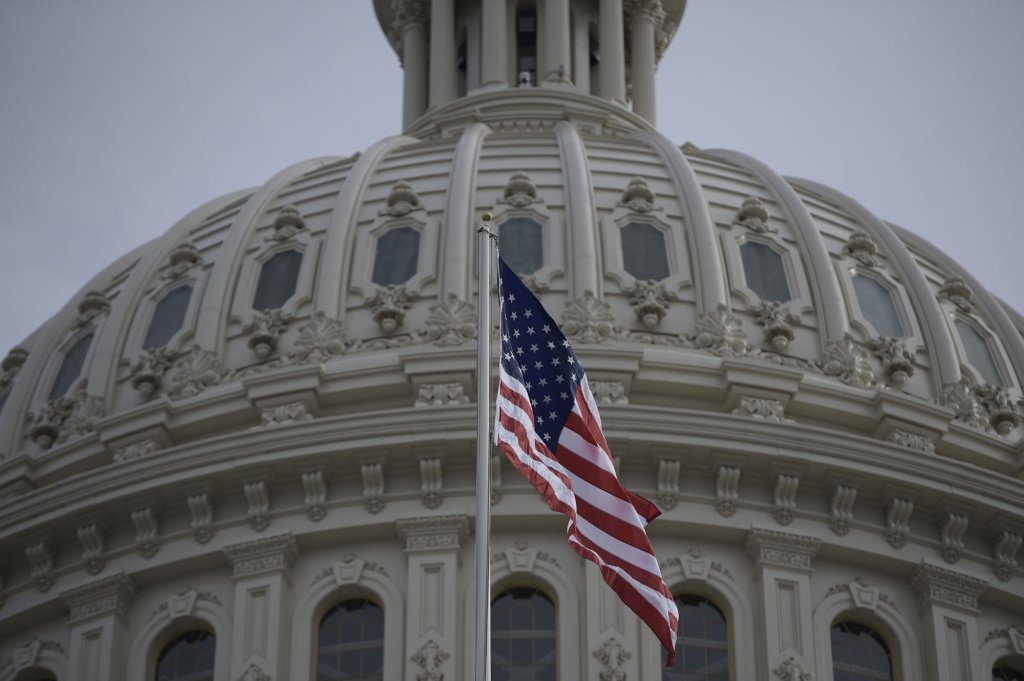It began as a way to make it easier for the federal government to sell bonds to finance the U.S. role in World War I.
Now, more than a century later, the requirement for a legal ceiling on the federal debt has become something totally different: a political time bomb that, if not resolved, could cause an economic explosion.
Congressional Republicans are trying to use it to reestablish their fiscal credentials. But there is little evidence it’s been an effective way to restrain federal spending. Since 1917, Congress has debated and voted debt ceiling increases more than 100 times, while the debt has soared from an initial level of $15 billion to today’s $31.4 trillion.
Six months before the real deadline for acting again, it’s threatening to become worse than ineffective — something that, without a compromise, could undermine the country’s economic stability.
One problem with the Republican effort is that failure to increase the debt ceiling won’t affect the spending that caused it. And with control of just one House, the GOP probably lacks the votes to achieve significant future cuts. But it could cause the government to default on its financial obligations and, in a worst-case scenario, create a global recession.
There is also some hypocrisy in Republicans presenting themselves as the champions of fiscal responsibility. Their large tax cuts and defense increases make them as complicit in the underlying deficit problem as the Democrats are for passing large domestic social programs.
And for the third time in a dozen years, the House GOP is mounting such an effort soon after a Republican administration that showed little spending restraint. It happened twice after the second Bush administration and now after the Trump administration.
Until World War I. there was no such thing as a debt ceiling, and Congress voted each time the government wanted to issue bonds to finance a specific undertaking. But in the Second Liberty Bond Act of 1917, Congress ceded that authority to the Treasury but set an overall limit of $15 billion, the equivalent of $347 billion today.
Then, in 1939, it passed the Public Debts Act, combining separate government loan programs into one with a debt ceiling of $49 billion (or about $1 trillion today). By the end of World War II, war costs forced lawmakers to raise it to $300 billion.
Most subsequent increases proved relatively uncontroversial, though congressional deficit hawks routinely opposed them. The debt rose in varied increments, reaching $1 trillion during the 1980 recession.
Over the last 30 years, however, deficit spending has grown faster under both parties. And increasing partisanship made the periodic debt ceiling fights more acrimonious. On at least three prior occasions, all during Democratic administrations, GOP congressional majorities sought and failed to achieve significant federal spending curbs by leveraging debt ceiling increases.
Each time, House Republicans refused initially to increase the debt ceiling without spending curbs. Each time, they yielded, but only after creating unnecessary financial havoc, gaining minimal cuts and losing politically. All the disputes were settled before causing the ultimate disaster: a government default.
The latest impasse became inevitable last November when Republicans won narrow House control and vowed to oppose the next debt ceiling increase without significant spending cuts.
With Democrats holding both the Senate and the White House, they are fighting an uphill battle, both tactically and politically. Their principal recourse — shutting down the government — proved unpopular in the past. And causing a government financial default could prove even more disastrous.
Technically, the Treasury has reached the ceiling for making outlays. But as in past crises, Treasury Secretary Janet Yellen has various technical tools at her disposal that will delay the real showdown for a few months.
Then, without compromise, economic disaster will loom. It’s hardly what Congress had in mind back in 1917.
Carl Leubsdorf is the former Washington bureau chief of the Dallas Morning News.©2023 The Dallas Morning News. Distributed by Tribune Content Agency.










